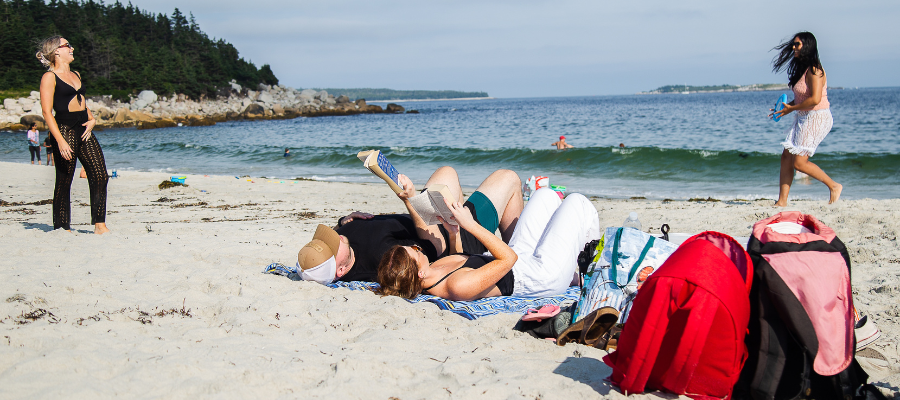Rethinking travel, tourism, and hospitality advertising
Have you ever visited a new destination and struck up a conversation with a complete stranger from that locale? You are so engrossed that you get lost in the breadth and depth of the culture, the unique stamp that makes that destination unique and, of course, the individual and the conversation. I have recently considered starting a blog series called Uber Diaries to catalogue all the conversations I’ve had. Language is never a barrier; time is. What you happen to capture in those fleeting moments tells you more about a destination, the people, the culture and the environment than any guide could tell you.
In an industry built on wanderlust and memory-making, tourism and hospitality advertising has never simply been about selling. It’s about inviting people into an experience that can’t be replicated. But with traveller expectations evolving rapidly, driven by digital platforms, shifting values, and AI, we have to rethink how we tell those stories.
Today’s travellers aren’t just booking places, they’re seeking belonging, discovery, and meaning. Successful campaigns are those that tap into deeper emotions, helping audiences feel inspired or seen. FOMO may drive some of it, but underneath is a hunger for genuine connection.
The real shift is from promotion to empathy. Whether you’re a boutique inn or a national tourism board, your advertising must resonate year-round, not just during high season. It’s no longer about just showing what’s available, but how it feels to be there. Advertising today needs to reach people emotionally, meeting them exactly where they are.
So, how do you create that connection?
First, embrace authentic storytelling. Today’s audiences aren’t drawn to flashy influencers or perfectly curated feeds; they want real stories. Campaigns that highlight genuine, lived experiences create emotional connections and build trust. These stories don’t need big budgets or cinematic polish, just sincerity. The joy of a grandmother sharing a family recipe at a local cooking class, or a young couple finding community at a small-town festival, these are the moments that resonate.
Second, be truly inclusive. Many travellers, particularly those from underrepresented communities, still don’t see themselves reflected in tourism ads as a major missed opportunity. Inclusive marketing drives engagement, loyalty, and bookings. If your campaigns don’t reflect the diversity of your visitors or your community, you’re leaving people and revenue behind. Inclusivity isn’t just ethical; it’s smart business.
Third, use technology to support, not replace, human connection. AI can analyze trends and automate delivery, but it can’t feel. Creative strategy still matters; prioritize how your content makes people feel. Emotions drive memory and decisions. Media habits are shifting: people now discover destinations through podcasts, reels, and short-form videos. They want to hear the voices, feel the energy, and experience the vibe before they book. Tourism marketing needs to meet that moment, not just with visuals, but with values.
Learn more about WeUsThem at:






